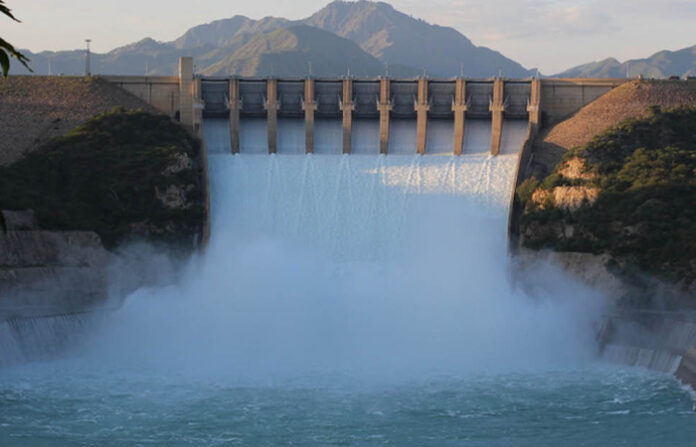The year 2020 has proven to be an exceptional year for Pakistan’s water and hydro power sectors. This year, the Water and Power Development Authority (WAPDA) managed to achieve major milestones in the water and hydropower sectors.
In addition to producing the highest-ever low-cost hydropower, WAPDA also launched construction work on the long-delayed multi-purpose Diamer Basha Dam Project in 2020.
According to the details, the production of WAPDA hydel continued to increase during 2020, too. 38.3 billion units were generated by as many as 22 hydroelectric power stations owned and operated by WAPDA across the country, the highest generation ever in a year.
This record generation includes Tarbela’s 12.08 billion units, Tarbela’s 4th Extension’s 4.98 billion units, Ghazi Barotha’s 6.48 billion units, Mangla’s 5.76 billion units, Neelum Jhelum’s 4.93 billion units and 4.07 billion units for the rest of the hydroelectric power plants.
In 2020, WAPDA created an additional 3.8 billion units through hydel compared to 2019, benefiting the nation with approximately Rs. 53.2 billion. If this electricity had been generated by a thermal source, it would have cost the national exchequer Rs 53.2 billion.
In July of this year, WAPDA began the construction of the Diamer Basha Dam, handling the obstacles to the implementation of the project. The Dam is the country’s critical water, food and energy protection project with 8.1 million acre-feet (MAF) of gross water storage, 6.4 MAF of live water storage and 4,500 megawatts of power generation (MW).
Despite COVID-19, construction work on Mohmand Dam proceeded satisfactorily during 2020. In May 2019, WAPDA initiated the project. From 2024 to 2029, with the completion of Mohmand, Diamer Basha, Dasu and several other ongoing projects, hydropower generation will increase from the current 9,389 MW to approximately 20,500 MW, which is more than double the current generation capacity.
Similarly, the country’s live water storage capacity will also increase from the current 15.1 MAF to 23.4 MAF with a capacity of 23.4 MAF.


